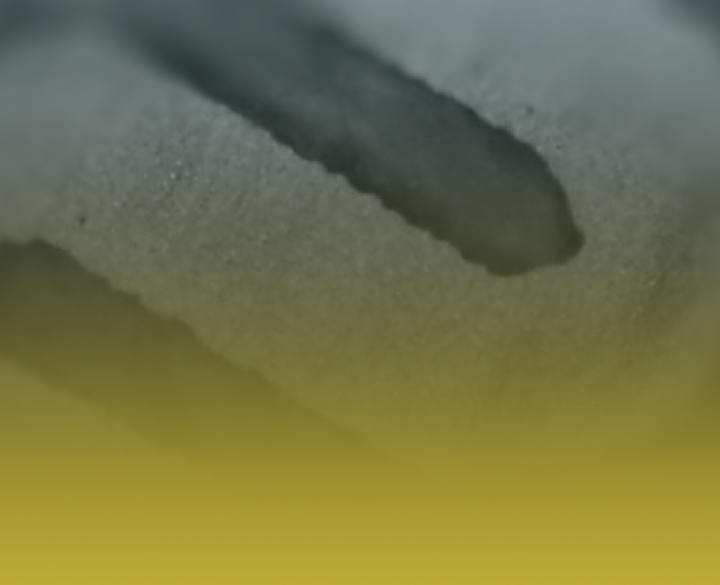De O&O activiteiten van Centexbel-VKC ondersteunen de textielbedrijven, de kunststofverwerkende en aanverwante bedrijven met de uitdrukkelijke bedoeling om de innovatiekracht van kleine en middelgrote ondernemingen (kmo's) te versterken en de industrie te begeleiden naar een duurzame toekomst. Als onderzoeksinstelling, opgericht door en voor de industrie, initiëren we en nemen we deel aan collectieve - door verschillende overheden gefinancierde -onderzoeksprojecten en marktgerichte contractprojecten.
Om een volledige onafhankelijkheid te waarborgen en belangenvermenging te vermijden, sluiten wij elke vorm van productontwikkeling uit in die gebieden die vallen onder de CE certificatiescope waarvoor we zijn geaccrediteerd.




